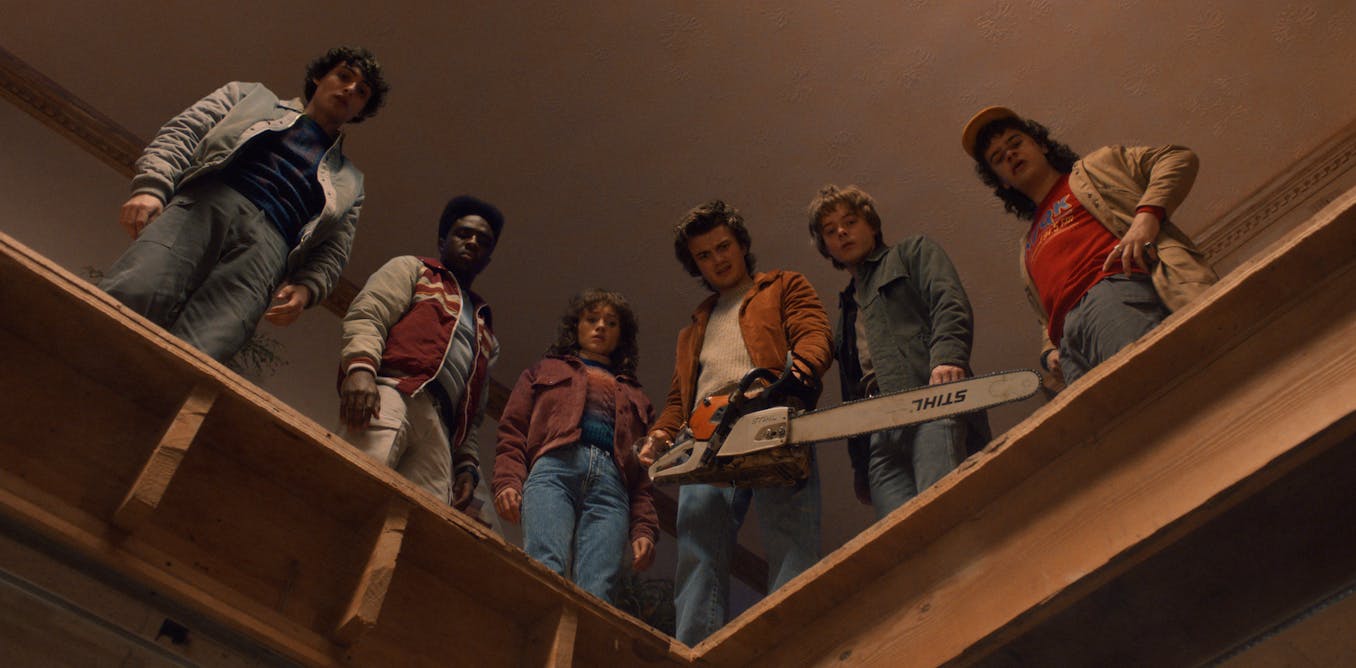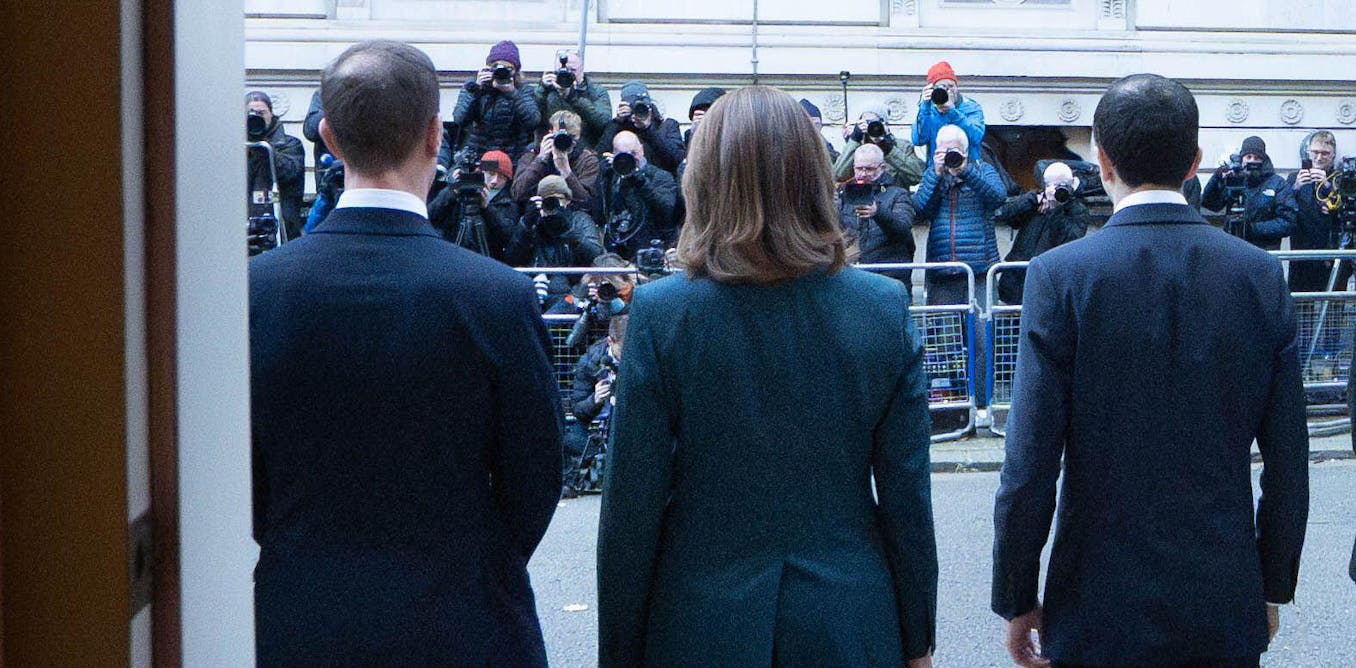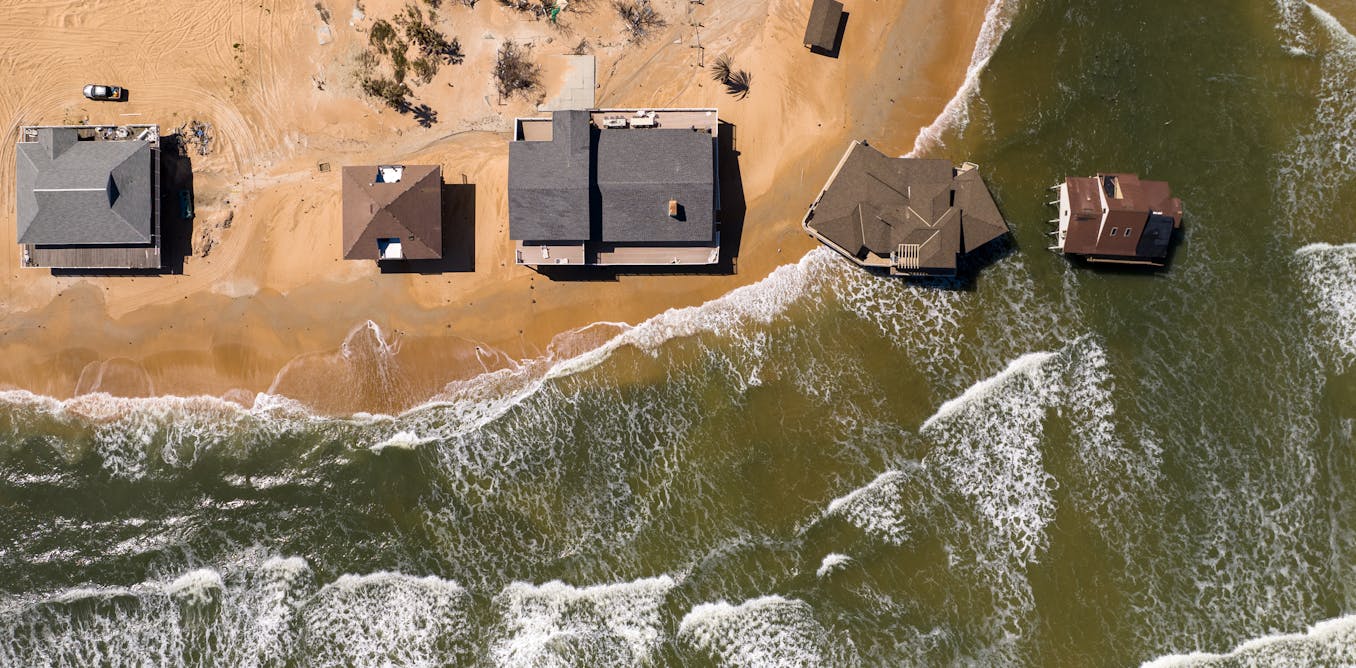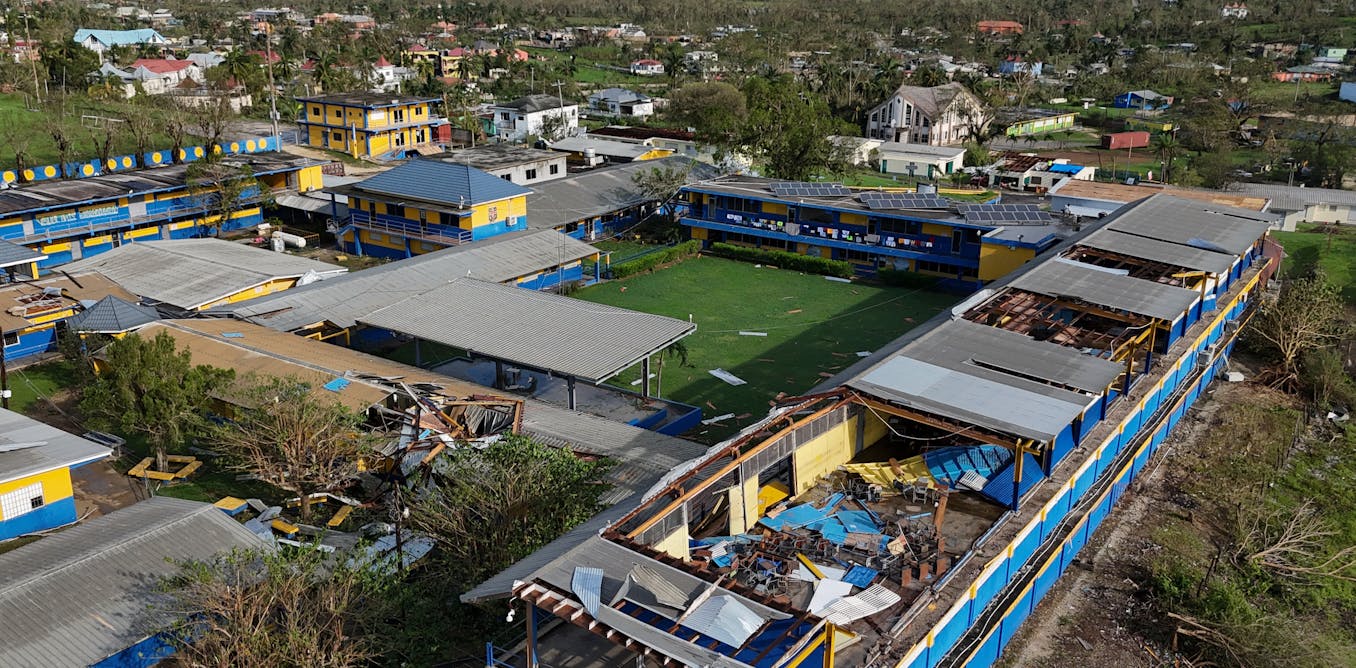In Menifee, Calif., six newly built homes are testing a first for North America: electric vehicles that can power houses through the Combined Charging System (CCS) high-power DC charging standard. Each home uses a host Kia EV9 electric vehicle connected to a Wallbox Quasar 2 bidirectional charger, allowing the car’s 100-kilowatt-hour (kWh) battery to run essential circuits during blackouts or periods when electricity prices are high. The setup is the first residential vehicle-to-home (V2H) system in the United States that uses the Combined Charging System (CCS) standard. The CCS is the charging system commonly used in European and North American residential and public charging facilities.
Since July, the homes’ smart electrical panels have automatically managed two-way power flow—charging vehicles from the grid or rooftop solar, then reversing the flow of energy when needed. The system isolates each home from the grid during an outage, preventing any current from flowing into external power lines and endangering utility crews and nearby equipment.
“This project is demonstrating that bidirectional charging with CCS can work in occupied homes,” says Scott Samuelsen, founding director of the Advanced Power and Energy Program (APEP) at the University of California, Irvine, which is monitoring the two-year trial. “It’s a step toward vehicles that not only move people but also strengthen the energy system.”
Menifee means a lot
For more than a decade, two-way charging has been available—but mostly restricted to Japan. Back in 2012 the Nissan’s LEAF-to-Home program proved the idea viable after the Tōhoku earthquake and tsunami, but that Nissan system relied on the or CHAdeMO standard, little used outside of Japan. Most North American [and European manufacturers chose CCS instead—a standard that, until recently, supported only one-way fast DC charging.
That distinction makes Menifee’s V2H-enabled neighborhood notable: it’s the first CCS-based V2H deployment in occupied homes, giving researchers real-world field data on a technology that’s been long trapped in pilot programs. The pairing of the Kia EV9 SUV with Wallbox’s commercially available Quasar 2 can deliver up to 12 kilowatts of power from the vehicle to the home.
It’s a step toward vehicles that not only move people, but also strengthen the energy system.”
–Scott Samuelsen, UC Irvine
Elsewhere, momentum towards commercial V2H has slowed. Ford’s F-150 Lightning supports home backup through Sunrun, but Sunrun equipment is not CCS-compatible. What’s more, Ford has announced a production pause for the pickup truck, which has delayed expansion. GM’s Ultium Home—a V2H system that works with the automaker’s Cadillac Lyriq, Cadillac Escalade IQ, Chevrolet Blazer, Chevrolet Equinox, Chevrolet Silverado, and GMC Sierra EVs— faces similar setbacks. Tesla’s PowerShare V2H feature is still stuck in a limited, early commercial rollout, with bidirectional…
Read full article: In Menifee, EVs Keep Homes Lit at Night

The post “In Menifee, EVs Keep Homes Lit at Night” by Willie D. Jones was published on 11/06/2025 by spectrum.ieee.org




































Leave a Reply